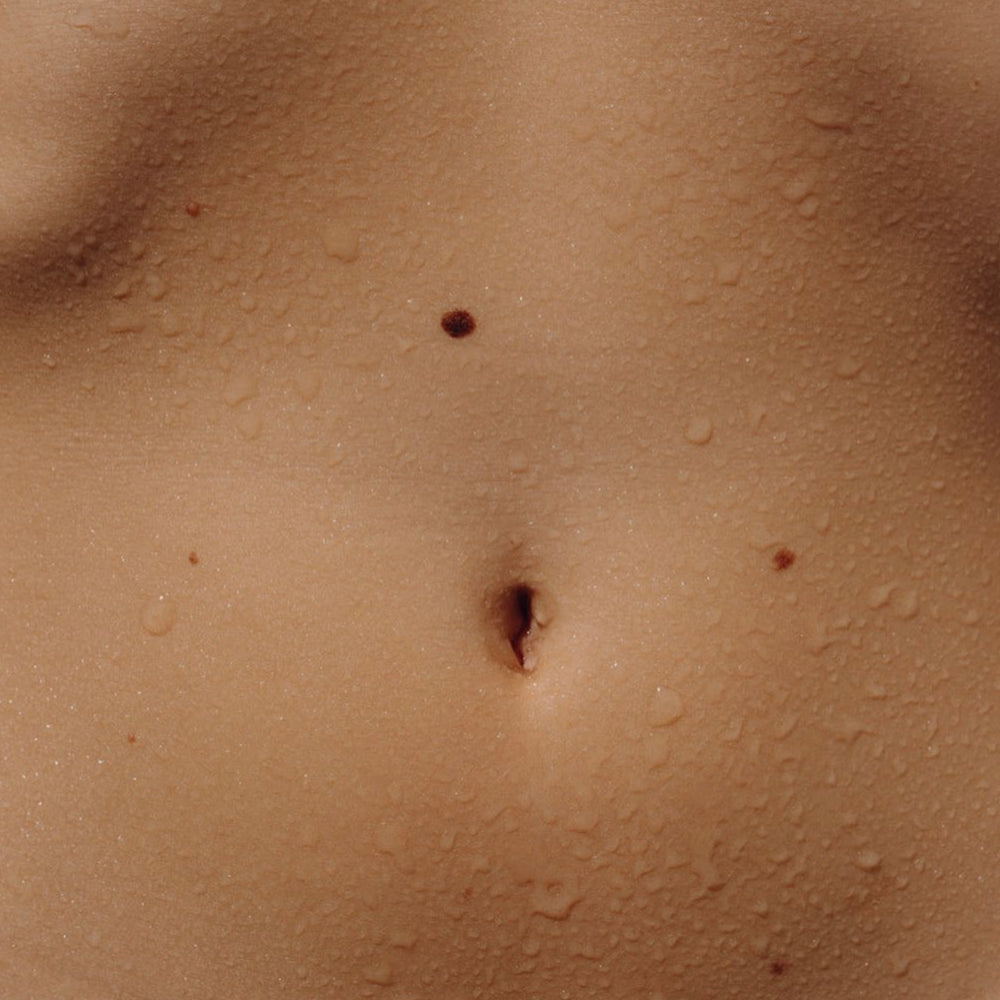 Digestive health is a crucial aspect of overall well-being, yet it is often overlooked. Common issues like bloating, constipation, and indigestion can significantly impact quality of life. Yoga, with its combination of physical postures, breathing exercises, and mindfulness, offers a holistic approach to improving digestive health. This article explores the benefits of yoga for digestion and outlines effective poses to enhance gut wellness.
Understanding Digestive Health and Yoga
The digestive system is complex and sensitive to stress, diet, and lifestyle choices. Yoga can aid digestion by reducing stress, improving circulation, and gently massaging the digestive organs. The combination of movement and breath in yoga also stimulates the gastrointestinal tract, aiding in the efficient processing of food and waste elimination.
Benefits of Yoga for Digestion
Stress Reduction: Stress can negatively impact gut health. Yoga’s calming effect can help regulate the body’s stress response.
Improved Circulation: Enhanced blood flow ensures optimal functioning of the digestive organs.
Physical Stimulation: Certain yoga poses gently massage the internal organs, stimulating digestion and aiding detoxification.
Mindful Eating Habits: Yoga encourages mindfulness, which can lead to healthier eating habits and better digestion.
Effective Yoga Poses for Digestive Health
1. Seated Forward Bend (Paschimottanasana)
This pose stretches the spine and massages the abdominal organs, stimulating digestion.
How to do it: Sit with your legs extended in front of you. Inhale and lengthen your spine. Exhale and fold forward from the hips, reaching for your feet.
Benefits: Stimulates the liver, kidneys, ovaries, and uterus; improves digestion; soothes headaches and anxiety.
2. Wind-Relieving Pose (Pavanamuktasana)
As the name suggests, this pose helps relieve gas and bloating.
How to do it: Lie on your back. Bring your knees to your chest and clasp your hands around them. Gently rock side to side to massage your back.
Benefits: Stimulates bowel movements, relieves gas, and alleviates bloating.
3. Supine Twist (Supta Matsyendrasana)
This twisting pose helps in detoxifying the body and improving digestion.
How to do it: Lie on your back and bring your knees to your chest. Extend your arms out to the sides and gently lower your knees to one side while turning your head to the opposite side.
Benefits: Enhances digestive health, relieves lower back pain, and soothes the nervous system.
4. Cobra Pose (Bhujangasana)
Cobra pose stimulates the abdominal organs and improves circulation.
How to do it: Lie on your stomach, place your hands under your shoulders, and gently lift your chest off the ground, keeping your elbows close to your body.
Benefits: Strengthens the spine, stimulates abdominal organs, and opens the chest and lungs.
5. Bow Pose (Dhanurasana)
This pose stretches the entire front of the body and massages the abdominal organs.
How to do it: Lie on your stomach, bend your knees, and grab your ankles. Lift your chest and thighs off the mat, pulling your legs up and back.
Benefits: Stimulates the digestive organs, improves posture, and stretches the entire front of the body.
6. Child’s Pose (Balasana)
A restful pose that gently compresses the abdomen, promoting relaxation and aiding digestion.
How to do it: Kneel on the floor with your toes together and knees hip-width apart. Exhale and lower your torso between your knees, resting your forehead on the mat. Extend your arms in front or alongside your body.
Benefits: Gently massages internal organs, relaxes the body, and alleviates stress and fatigue.
7. Triangle Pose (Trikonasana)
Triangle pose stimulates the digestive tract and improves overall balance and concentration.
How to do it: Stand with your feet wide apart, extend your arms to the sides, and bend over your right leg, placing your right hand on your ankle, shin, or the floor. Extend your left arm toward the ceiling.
Benefits: Stimulates the abdominal organs, improves digestion, and relieves stress.
8. Camel Pose (Ustrasana)
An intense backbend that opens up the front of the body, stimulating the abdominal organs.
How to do it: Kneel on the floor with your knees hip-width apart. Place your hands on your lower back or heels and arch your back, opening your chest.
Benefits: Stretches the stomach and intestines, improving digestion.
Integrating Yoga into Your Routine for Digestive Health
Regular Practice: Incorporate these poses into your regular yoga practice for optimal digestive health.
Mindful Breathing: Use deep breathing techniques during your practice to enhance the effects of the poses on digestion.
Post-Meal Yoga: Wait for at least an hour after eating before practicing more intense poses. Gentle poses like Child’s Pose can be done soon after meals to aid digestion.
Stay Hydrated: Drink plenty of water throughout the day to help the digestive system function smoothly.
Precautions and Tips
Consult a Healthcare Provider: If you have a pre-existing digestive issue, consult with a healthcare provider before starting a yoga practice.
Listen to Your Body: Avoid or modify any poses that cause discomfort or pain.
Use Props: Utilize props like blocks and straps to make poses more accessible and comfortable.
Mindful Eating: Combine your yoga practice with healthy eating habits for better digestive health.
Yoga offers a natural and effective way to enhance digestive health. The poses mentioned above can help alleviate common digestive issues, improve gut function, and contribute to overall wellness. Remember, the key to benefiting from yoga is consistency and mindfulness. By incorporating yoga into your lifestyle, you can enjoy improved digestion and a greater sense of harmony in your body.
|











